Queen of Trends
Caesarstone
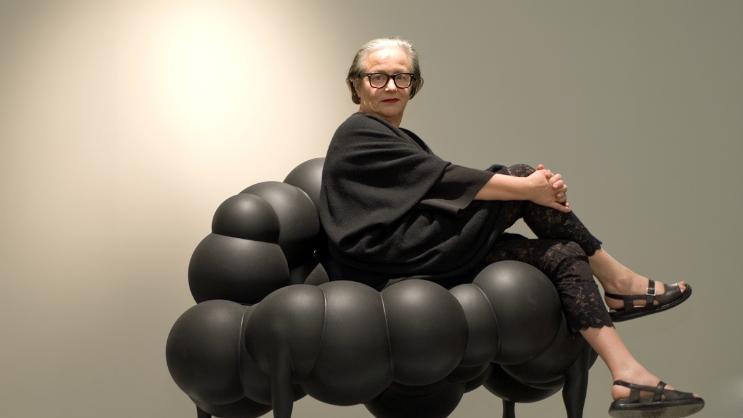
Queen of Trends, Li Edelkoort:
“My motto is – Let’s try to save the world.”
By: Udit Lorraine Belkine, Noam Ben Zvi, 10.tv/LEG!T
In an exclusive LEGIT interview, Li Edelkoort talks about what is changing in the trend world, why we should be wary of robotics, what matters to social networks, what homes will look like in the near future, and how to prepare for 2020.
International trend forecaster Li Edelkoort has been in the business since she was 21. Today, as she approaches 70, she’s delighted to see her predictions come true. “I’m always right about my forecasts… Although I’m not always right about the extent of the trend, and maybe something that I thought would be huge remains relatively minor, and vice versa, but I just know about things that are going to happen. It’s not a sixth sense, it’s a kind of talent that I’ve honed over the years.”
Before delving into more important, complex subjects, we put Edelkoort’s spontaneity to the test with a rapid-fire Q&A:
The “Queen of Trends” arrived in Israel this July for a two-day lightning visit, during which she participated in a Caesarstone workshop that focused on predicting the home design trends and colours destined to be popular in the coming years. Edelkoort also gave a fascinating lecture to an audience of guest architects. Eli Feiglin, Caesarstone’s VP Marketing: “As part of our commitment to forecasting upcoming design trends, we’ve been working with Li Edelkoort for five years now, listening to what she has to say, and then passing her insights on to a think tank to see which of these trends work for us.”
It’s not the famous forecaster’s first time visiting the country: “I’ve been to Israel five times, and I like it a lot.” Edelkoort curated Design Museum Holon’s 2011 Post Fossil exhibition, which focused on a new generation of designers retracing their roots – sometimes going all the way back to the dawn of time. On the topic of local Israeli design, she believes Israeli designers are doing well for themselves. “You are made up of very different people, since you come from all over the world. So even though there’s a common root, there’s still diversity stemming from the Diaspora. I would embrace this because it’s what makes you what you are. In this unique case, I think it’s a really good thing.”
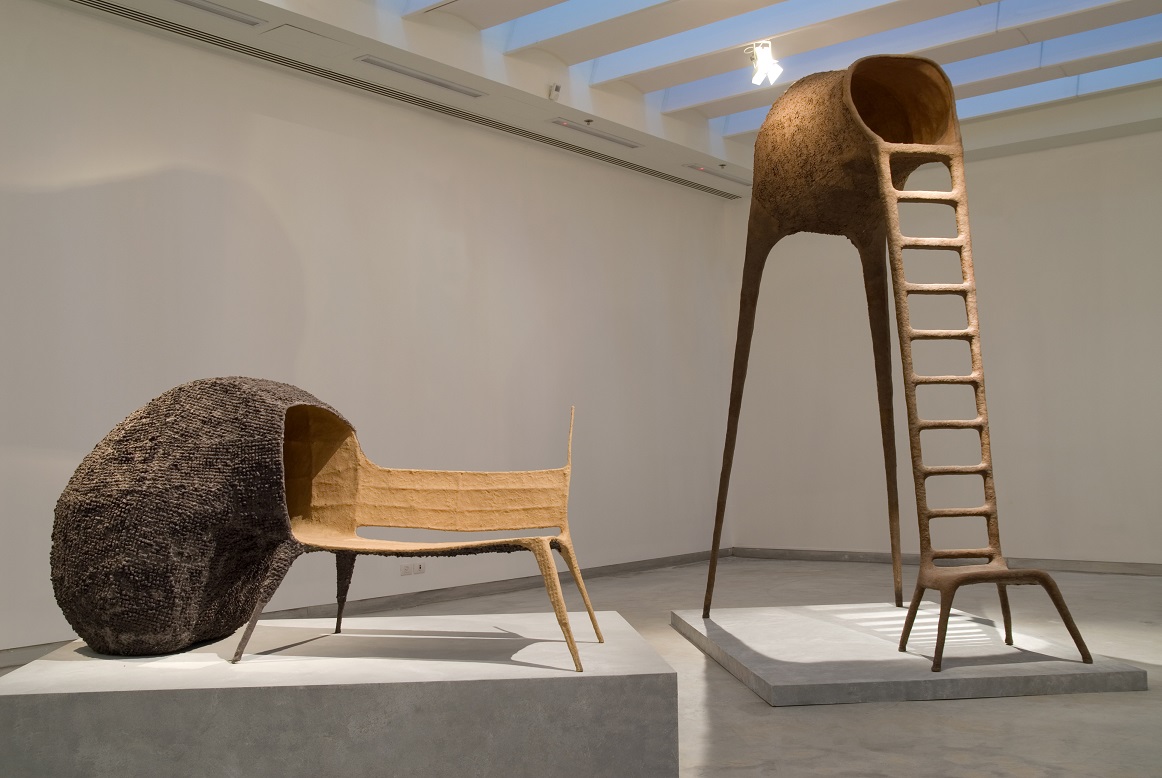
Not What It Used to Be
Contrary to popular belief, Li Edelkoort’s forecasts don’t begin with photographs or inspiration boards, or at least not in the initial stages. “I look very deeply into things, and photos are just one way to think about things.” she explains. “I start with a script, then ask my team to fill it up with images, from which I curate the most appropriate ones.” When asked if she’s ever made a mistake in her predictions, she replies with a mischievous, genial smile, that she never has. “I don’t analyze current trends, and I don’t look at what’s happening now. I look into the distant future instead. My intuition takes in fragments of information. For example, I foresaw the World Trade Center attacks. Although I didn’t know it was going to be the World Trade Center per se, I certainly expected something terrible to happen.”
So what is trend forecasting exactly?
“For me, it’s a type of intuition that I take care to exercise like a muscle. I learned the hard way that you always need to listen to everything around you. Everyone’s got it in them. At the same time, today, there’s already a huge amount of information coming my way all the time, which I process without any connection to my personal taste or preference. I have my radar, and I monitor things long-term.
At this point, it’s important to note that Edelkoort is not referring to fleeting, seasonal, or periodic trends – but those that will stick around for the long haul. “Take pink, for example,” she said during her lecture. “I foresaw pink as a trend 20 years ago, and it’s still around today, to the point where it’s become overkill. But let me tell you a secret: after this delicate pink period, in my opinion, yellow will be the new pink.”
So trends are still relevant?
“Yes, but they have changed vastly. Although we call them trends, there’s confusion between transient things and what I do. I deal with long-term trends that can easily span a period of twenty years. I see what happens and what comes up, and attempt to figure out where it will lead in the future, and how it will change the way we live. That said, my work has changed with time. When I’d just started out, it was really easy, since there were only four or five main directions to go in. Since then, it’s become much more complex, layered with information and ideas, especially in social and political contexts. An increasing portion of my work is focused on the future of the planet and its population. “
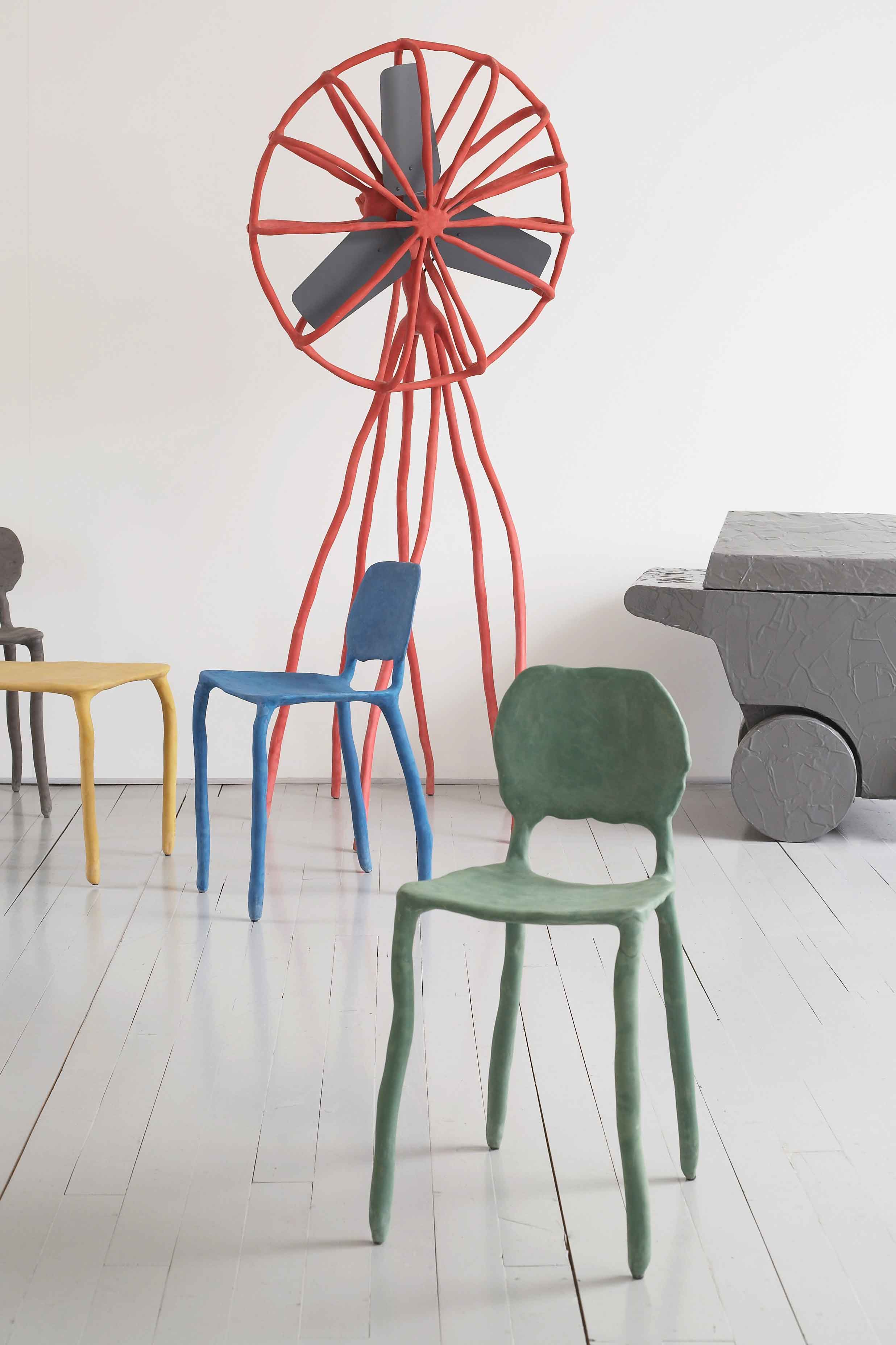
The End of the World
Did you ever dream of changing the world?
“No, it became a necessity, because we need to worry about the survival of humanity.”
How so?
“Our connection to Mother Nature, to roots, simplicity, and art, all stem, for example, from the need to prepare and defend ourselves against the artificial intelligence and robotic technologies that have become very dangerous, heralding our extinction, bringing us closer to the end of humanity. It’s already on the horizon. They will threaten humankind in the near future, to the point where many people will find themselves out of work. The situation will lead to civil wars, suicides, and significantly lower birth rates. The only way to survive is to find new ways to create jobs. I’m working on this idea. It goes together with hi-tech, and I believe that in a hybrid situation, in the future, hi-tech and art will join forces. We can save the world by returning to art. We can say that these are the last days to save ourselves.”
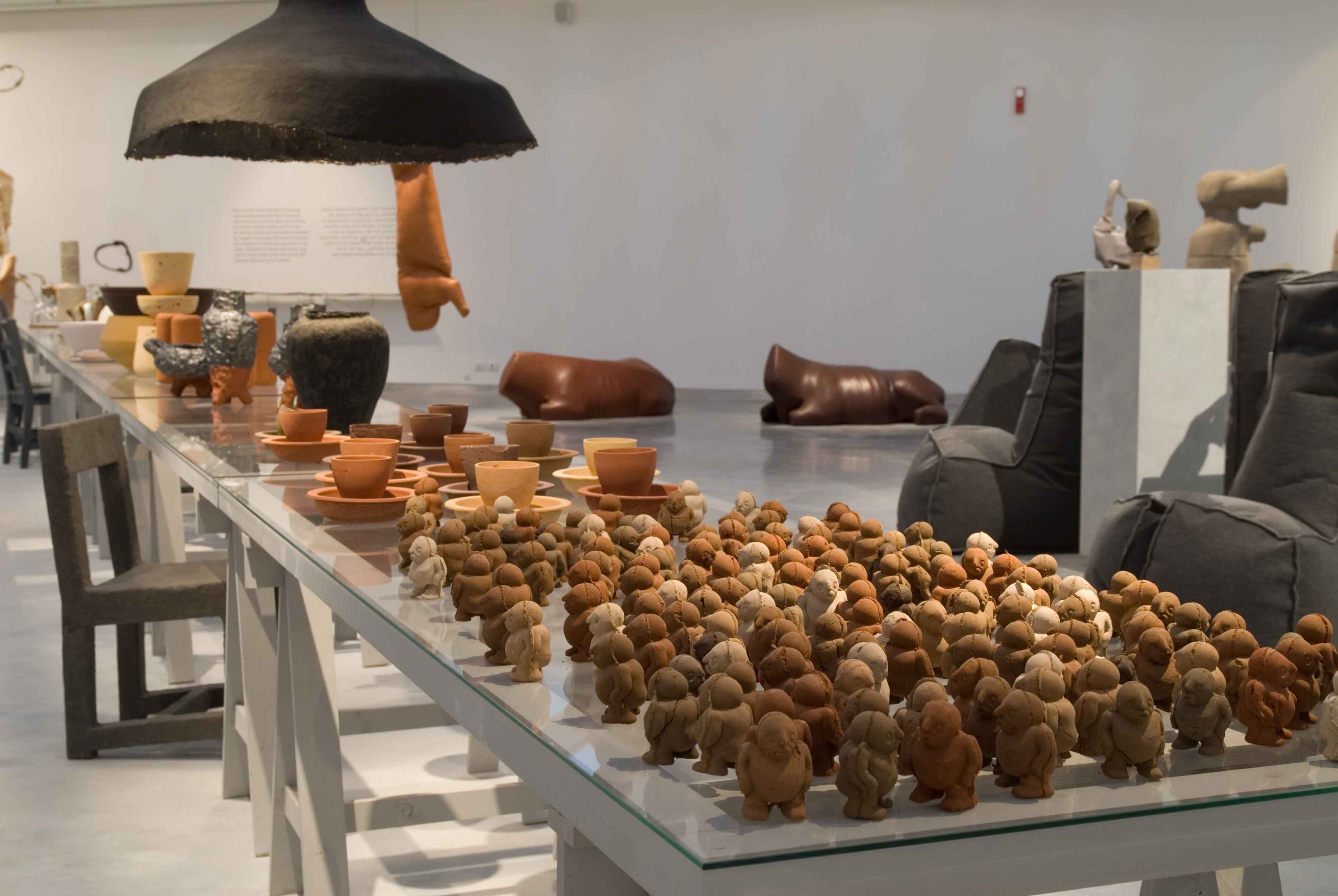
So, technology is bad?
“Today, it’s clear that technology has become a kind of drug. The social network sites – which are overrated in my opinion, causing everyone to influence everyone and be affected on superficial levels – are built like drugs. They are programmed like that by people who definitely understand drugs. Now we are in the process of understanding that this is an obsession and addiction, just like smoking, drinking, and using drugs, so we are taking a step back. Some things will be prohibited, there will be regulation, and good, decent sites will be launched to create new social circles. So this landscape will definitely change.
“Studies show that most of the people who’ve promoted the internet now regret it, and so they’re currently trying to rewrite the rules. It will affect the masses, as you can see currently – millions have already decided to leave Facebook. I think this will continue, and there will be other platforms that will come and go. All of this, of course, is having a huge impact on an entire generation that would be lost if they had to abandon social media. “
In a time when public and private boundaries are blurred to the point where everything is exposed, how can anyone develop a unique personality?
“I don’t think uniqueness is an option. I think that now the aspiration is to be special within a group. We want to work together, create groups, and share. The younger generation does this naturally. I see students working in such a way that each person can contribute their personal talent to the group, and be an individual on the one hand, but part of the group on the other. It’s a social structure that we were not familiar with before and it’s very beautiful.”
And at the same time, people travel a lot worldwide, but still feel disconnected.
“People don’t forget their past. They miss their family and culture. It’s not easy being a modern nomad. The world has become chaos, with mass migration, and societies are not prepared to cope with it. It causes an outbreak of nationalist behaviour that could lead to civil wars on a local scale, and to much larger wars on a regional or global scale. Countries like Canada and Brazil, which are more successful at integrating immigrants, are in a much better cultural and social place than others. There are also countries that simply cannot exist without immigration. On the other hand, when you watch the World Cup and see the all-blond Swedish team, you realize how incredibly passé that is.
“I recently did a DNA test, and discovered that, like everyone, I have roots in Africa, but also Turkey, the Mongolian region, Lapland, and of course, Europe. I also have a certain percentage of Neanderthal, which may explain why I have such strong intuitions, and I’m also 3% Jewish. We’re all like this, which is why I think that if more people do this test, they’ll understand how complex it all is. It drew me to the conclusion that we’re all the same, and not at all different. The Benetton brand, for example, understands this, and now they’re going back to the social awareness and messages that defined them in the past.”
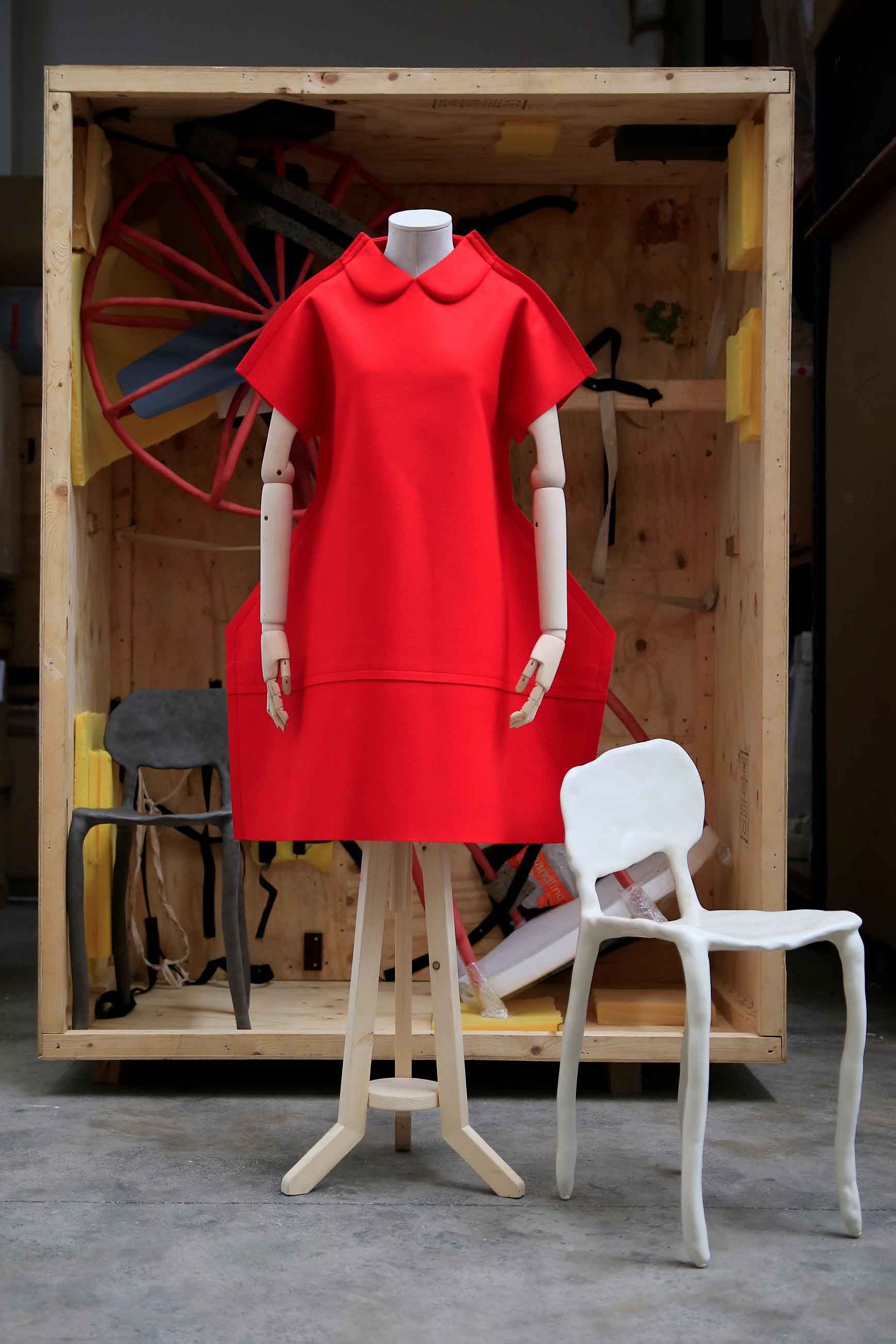
The Home of 2020
How will interior design be influenced by these changes?
“It seems that homes are undergoing a lot of development. But more important than any other space, is the one at hand. For some time, people have been very interested in their kitchens, dedicating large spaces to them. Similarly, they dedicate large spaces to their bathrooms, which serve as temples to personal care. Another increasing space is the bedroom, which is becoming much less intimate and much more public, since that’s where we watch TV, work, play with the children, and so on.
“This makes the other rooms in the house less relevant. Most of us just go from the kitchen to the bedroom, and back. So what will happen is we’ll redistribute the space around the three key rooms (the kitchen, bathroom, and bedroom). We’ll also create new spaces, such as greenhouses, art studios dedicated to creativity, and outdoor areas that will be used more often due to increasingly warmer weather.”
You also talk a lot about textiles.
“There’s a reason for that. I think we lost textiles for a while, and we were in danger of losing it completely. Thank God we’re witnessing its gradual comeback. I believe that at the beginning of time, everything was made from textiles. People lived in tents, newborns were wrapped in textiles, people were buried in textiles. Textiles were an inseparable part of life. Now, it’s being reintegrated into our lives, and I even believe it’s the material of the 21st century, and that architecture, public transportation, bridges, health, art, design, and fashion – it’ll all be made some sort of textiles.
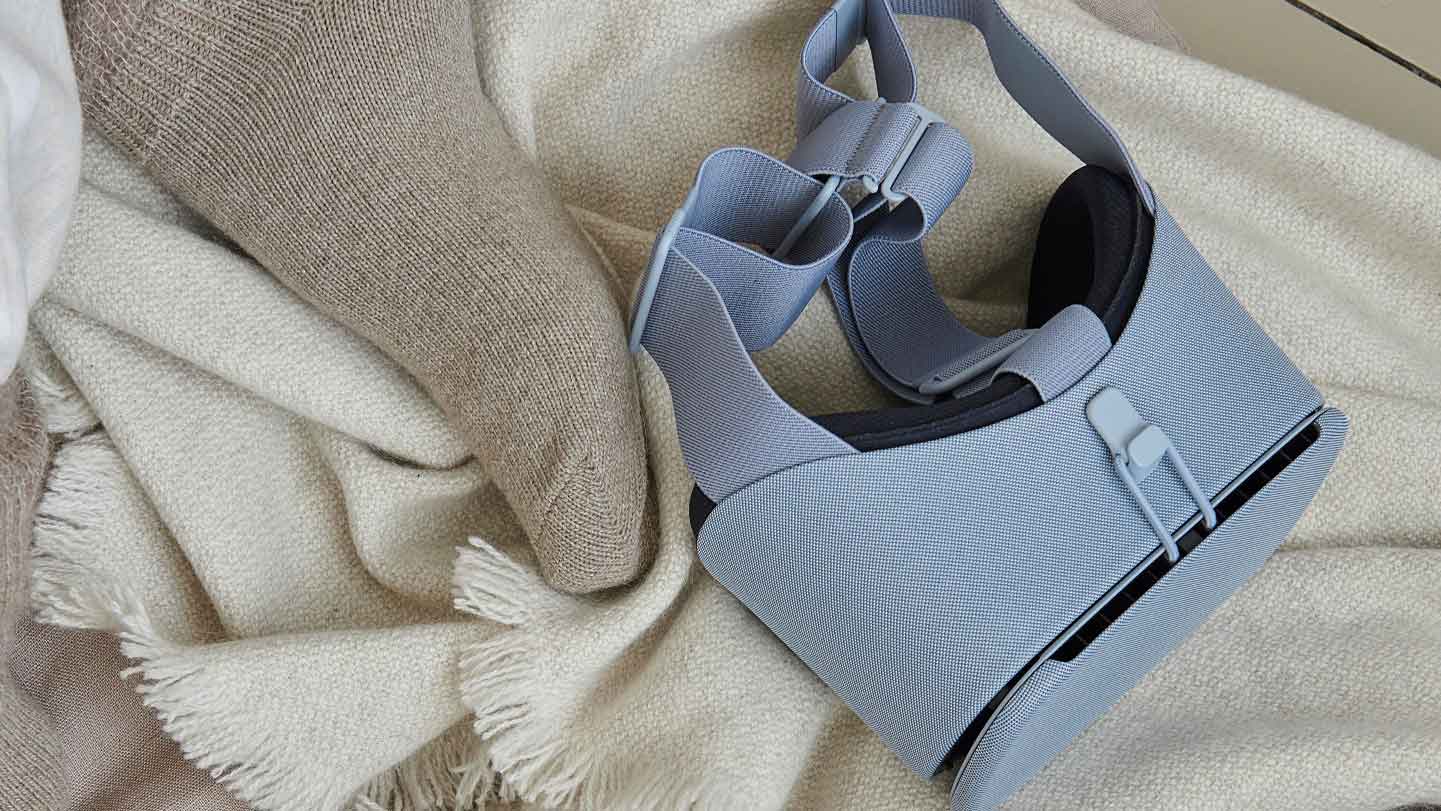
During her lecture, Edelkoort spoke about trends for 2020, explaining that they will be anything but ephemeral, especially for people who don’t redesign their homes very often, leaving them to stagnate for relatively long periods. She elaborated by taking us through the home, discussing its various spaces. Here are the main takeaways:
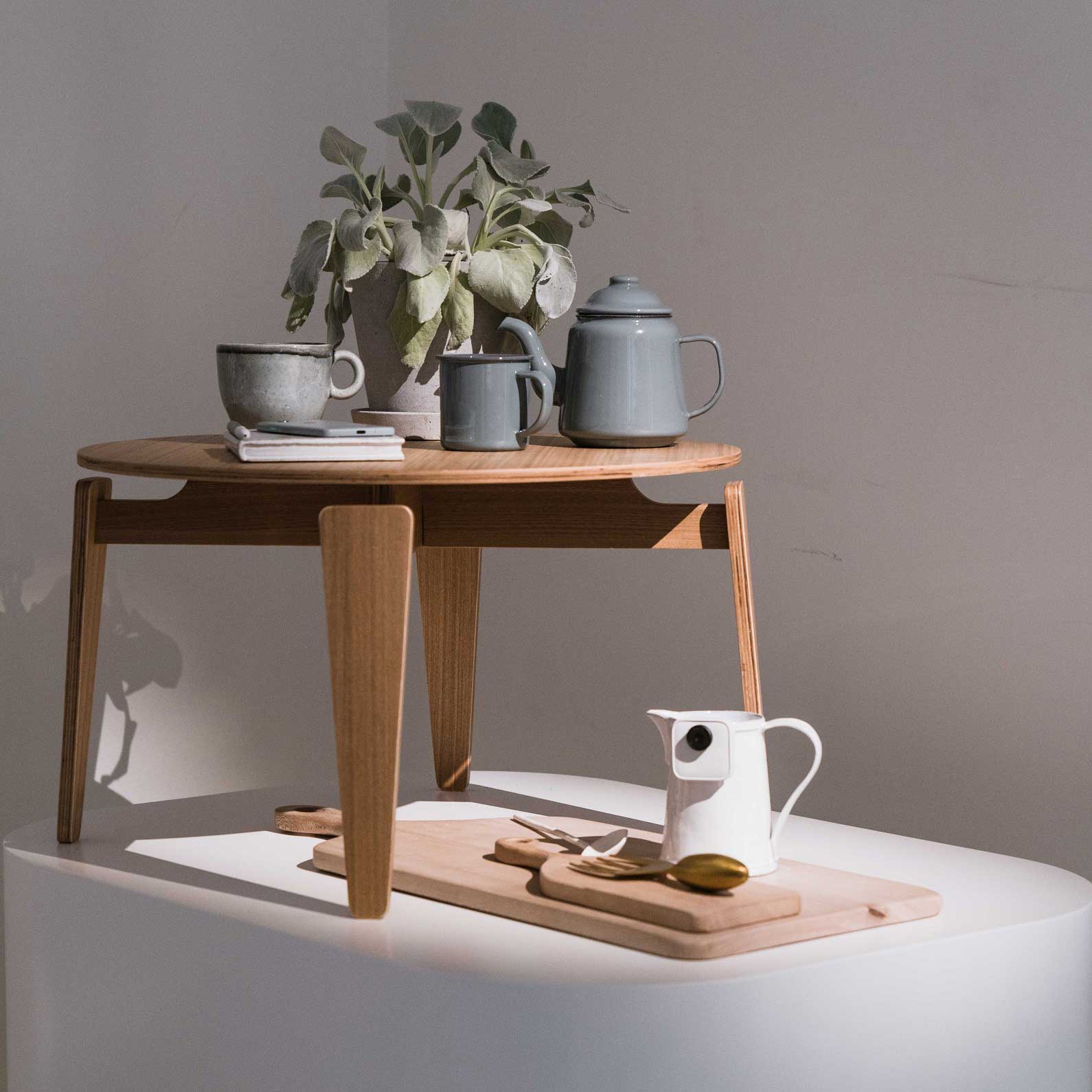
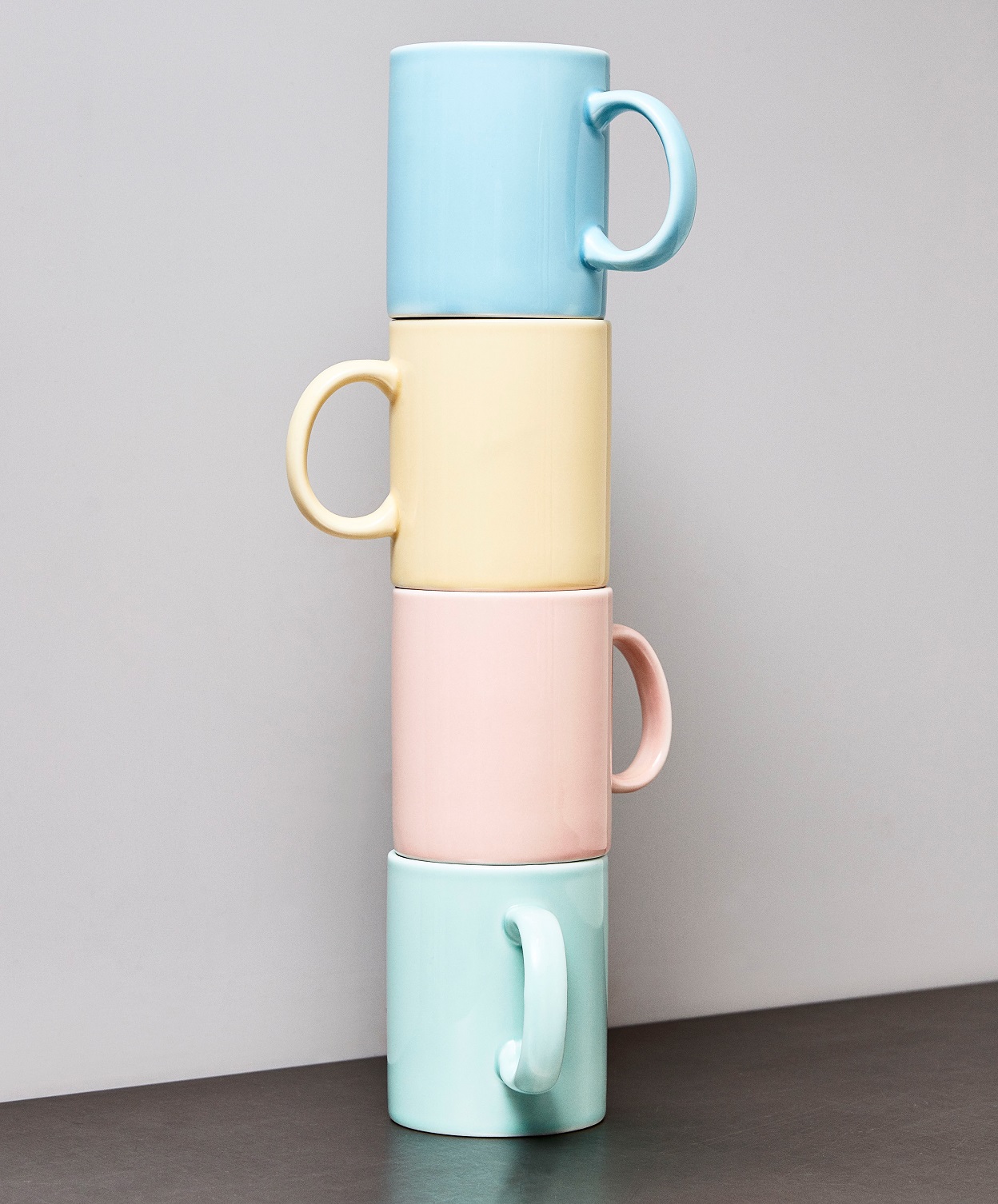
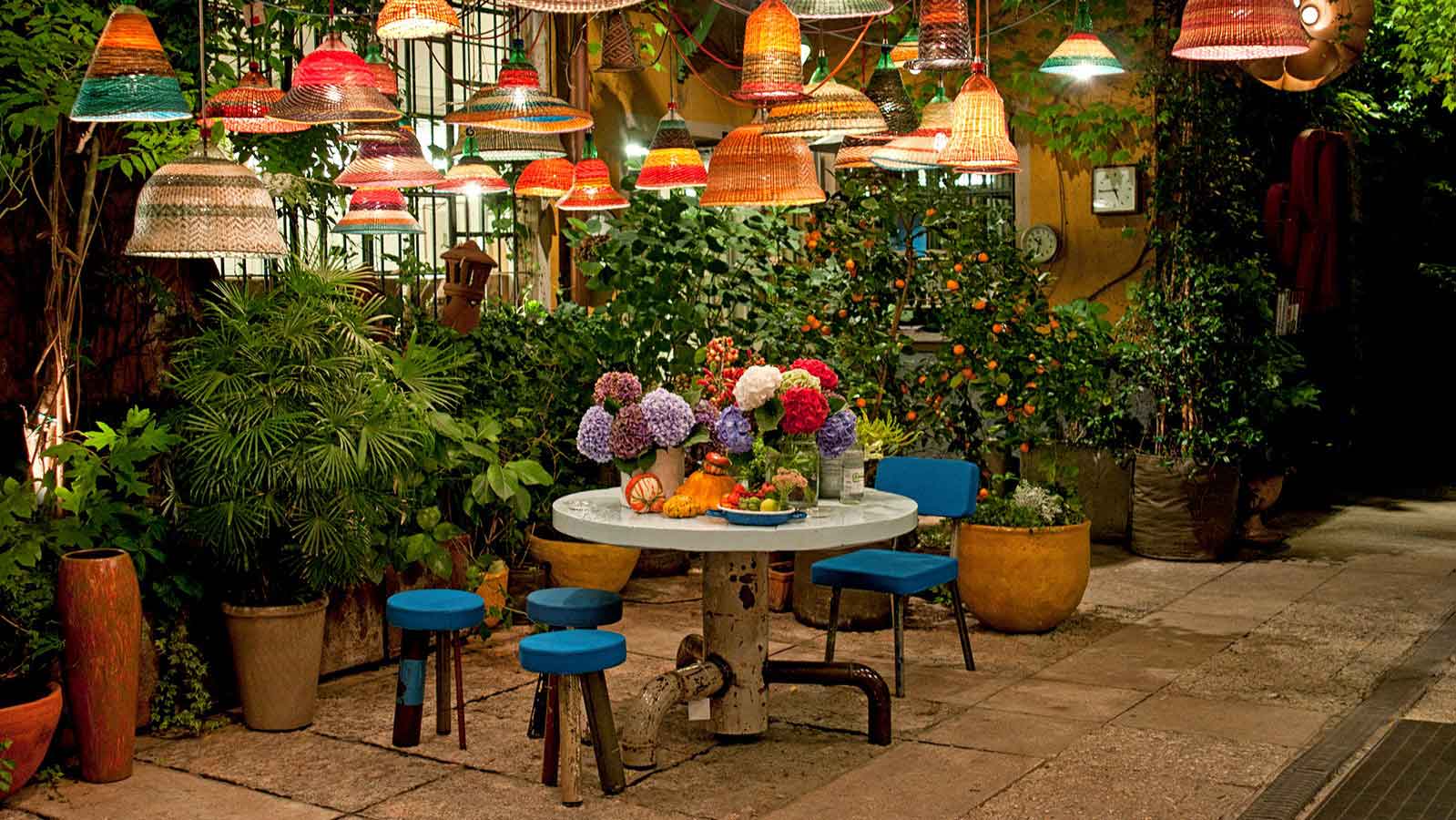
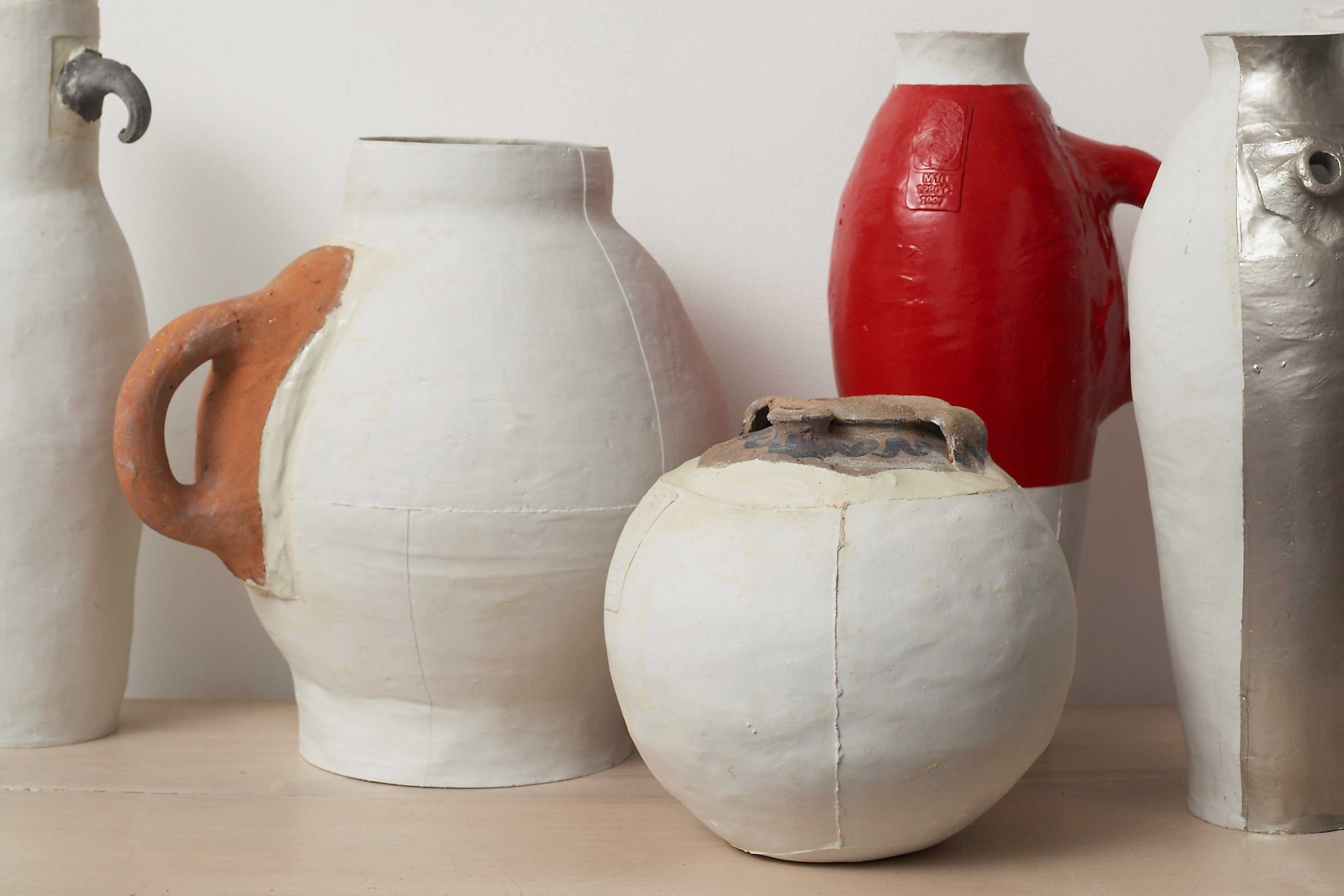
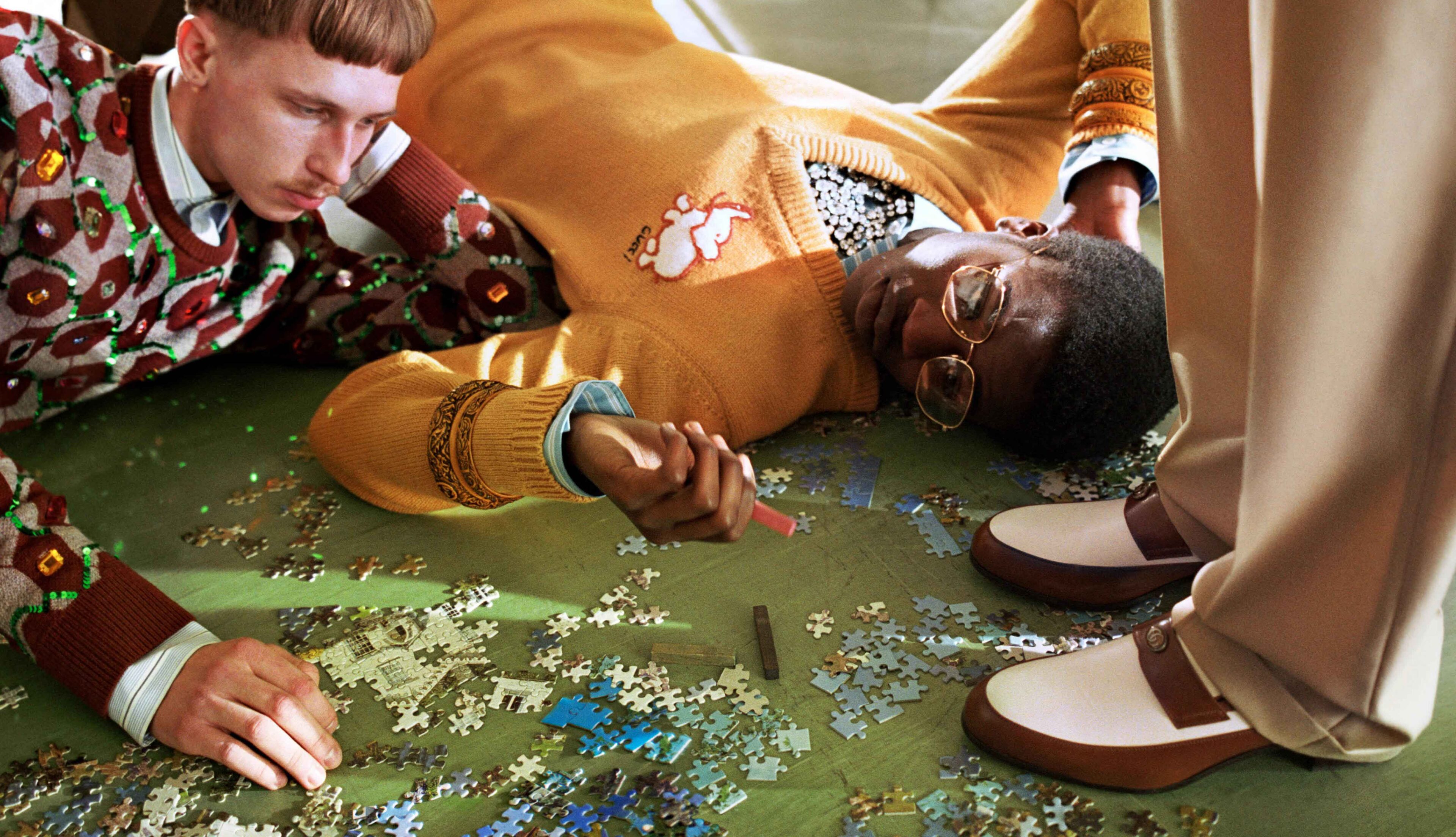
{{ subtitle }}
{{ i.desc }}
{{ subtitle }}
{{ subtitle }}
No worries! We will send you an email to reset your password
If '{{this.email}}' email address exists, we have sent an email with password reset instructions.
Please note: If the email does not show up within one hour, check your spam folder or try to reset your password again after one hour.